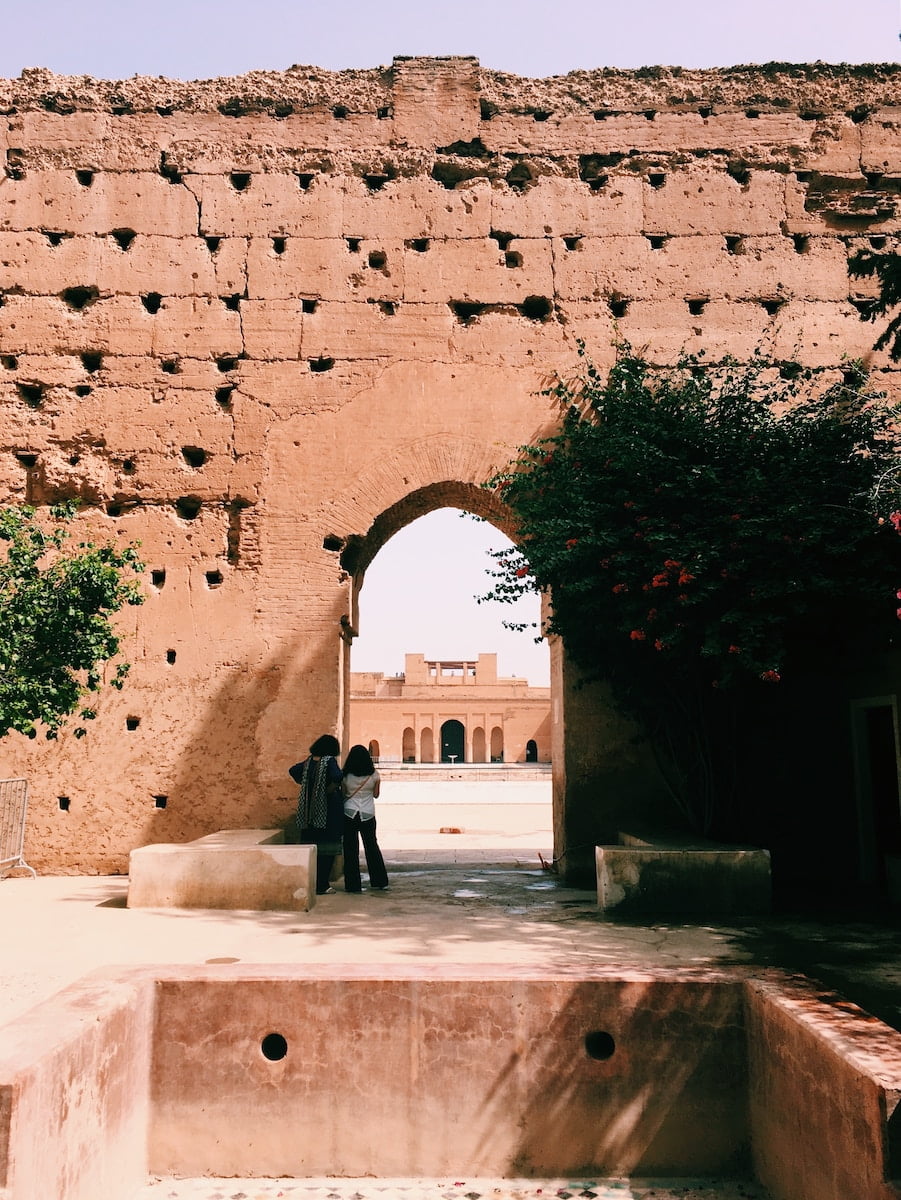Exploring Morocco’s Striking Kasbah Fortresses
Dotting Morocco’s scenic landscapes, ancient kasbahs emerge like mirages, their earthen towers and walls blending into desert terrain. Beyond cinematic allure, these impressive fortified structures encapsulate Berber heritage and the rich history of caravan routes linking vital Saharan trade hubs to Europe.come Explore origins, architecture, culture and preservation efforts upholding iconic kasbahs as enduring symbols of Morocco.
Kasbahs – Ancient Fortresses Fused with Nature
Deriving from “qasbah” meaning fortress or castle, kasbahs refer to walled citadels, usually made of mudbricks, clay and local resources like palm fronds. Constructed by Berber tribes for protective and defensive functions, kasbahs later stored grain and hosted markets. Towers augmented surveillance while high walls deterred raids.
Skilled builders maximized local materials, harmoniously integrating structures with harsh landscapes. Decorated arched gateways, 17th century Kasbah Taourirt for example, project prestige. Interior design also reflected culture, with riad-style courtyards and alignment featuring in coastal Kasbah Udayas facing the iconic 14th century Touria minaret.
Globally Iconic – Ait Ben Haddou UNESCO Kasbah
The sublime fortified Ait Ben Haddou kasbah is Morocco’s most famous, clutching a hillside along former caravan routes through the High Atlas mountains. Its preserved towers and crenelated walls visually represent the nation globally thanks for being a dramatic backdrop in films like “Gladiator”, “Kingdom of Heaven” and notably the fictional city of Yunkai in “Game of Thrones” plus over 50 more!
In becoming a UNESCO World Heritage Site, Ait Ben Haddou demonstrates earthen architecture and ongoing restorations keep its striking layered beauty intact despite fame and natural threats like flash flooding and erosion. Guided tours share insider views.
Top High Atlas Mountain Kasbahs
- 11th century defensive site Kasbah Telouet near Ouarzazate
- Hilltop fortress ruin Kasbah Tamadot now a resort owned by Richard Branson
- Crusader era treasure Kasbah Tiffoultoute overlooking Ouarzazate film studios
Dades and Todra Canyons – Dramatic Berber Kasbah Trails
The epic canyons slicing through the High Atlas contain prime berber kasbah trails with rustic stone-carved granaries and towers clinging dramatically to valley cliffs as the Dades River meanders below. Pink rock faces channeling green oasis patches contrast earth tones.
Notable stops include 15th century Ksar El Khorbat watchtower and the partially crumbling Kasbah Babourika where lions were reputedly kept. Local operators like Marrakesh Drive arrange 4WD, hiking, camel rides plus overnighting in historic kasbah hotels.
Nearby in the legendary Todra Gorge, 300 meter ochre canyon walls dwarf visitors approaching the red sandstone Kasbah Tidri. Berber rug cooperatives line the road alongside fossil dealers displaying treasures from the once Saharan sea floor.
Beyond the High Atlas range, the world’s largest solar plant Noor Ouarzazate generates power glimpsed approaching the sub-Saharan gateway outpost Kasbah Zagora from Marrakech.
Preserving Cultural Legacy
Global fame carries concerns too for kasbahs as UNESCO monitors tourism pressures and oversees selected renovation like 1980s work saving the neglected Kasbah Taourirt, former regional governor’s headquarters.
However sensitively utilizing kasbah hotels and restaurants aids local jobs. With 30% of Moroccans being Berbers, upholding cultural heritage remains vital. Festivals celebrate traditions and skills like the Erfoud Date Festival and Imilchil Marriage Berber Festival high in the Atlas mountains. Visitors meaningfully contribute through respectful interest.
Ultimately the best way to conserve Morocco’s ancient kasbahs may be experiencing their enduring spirit in context firsthand. As regular tours fill up, customized expert trips allow meaningful engagement conveying why protecting fragile earthen iconography still containing community spirit matters to share beyond mere photos. Past and present merge when footsteps mindfully walk history’s vaulted corridors without stealing soul. Therein continuity endures if we listen to whispering walls…
